Explore Data
MSP has large, rich data sets from years of collecting observations from citizen scientists.
MSP has large, rich data sets from years of collecting observations from citizen scientists.
Review our data collection protocols, or show other how they can contribute to our project!
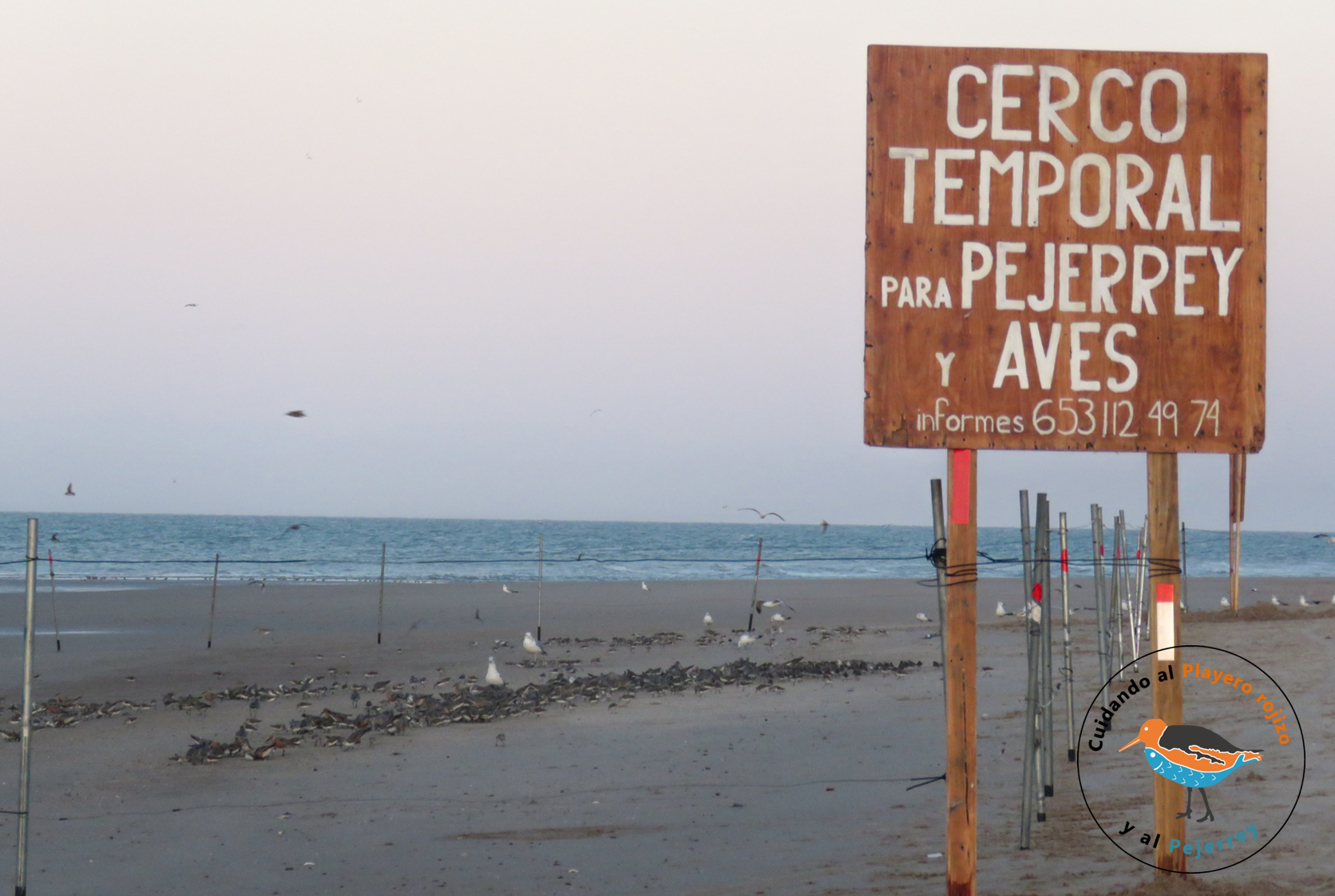 We developed a set of tools designed to address human disturbance on shorebirds and their habitats to promote the recovery of shorebird populations that are declining in the Americas. This toolkit compiles a variety of on-going conservation projects occurring in Latin America, using diverse methodologies that encompass human dimensions.
We developed a set of tools designed to address human disturbance on shorebirds and their habitats to promote the recovery of shorebird populations that are declining in the Americas. This toolkit compiles a variety of on-going conservation projects occurring in Latin America, using diverse methodologies that encompass human dimensions.
We gathered information from 28 projects who have developed actions to mitigate these threats in 11 countries across the Americans featuring efforts from Latin America (see interactive map). We documented six success case studies, five in shorebird important sites in Mexico, Canada, Ecuador, and Chile, and one at the level of the Pacific and Atlantic Flyways. We achieved an annotated bibliography for 31 scientific research papers, academic theses, and reports; a tool that synthesizes the main context of each document findings and includes management recommendations from the authors.
This set of tools contributes to the international efforts of the Pacific Shorebird Conservation Initiative and the Migratory Shorebird Project to advance conservation actions and impact mitigation on shorebirds.
Click here for the 2022-2023 Report
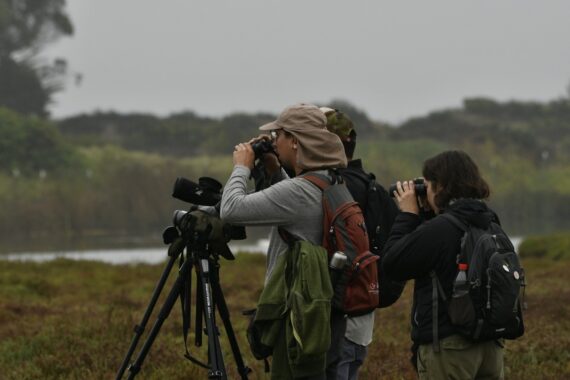
Mantagua © Red de observadores de aves de Chile -ROC
Completed 13th year of surveys at most sites (November 2022 – February 2023) in North America, 9th year in Central America, and the 11th year in South America.
Two new papers were published with analyses using MSP data:
Winter population trends and environmental drivers for three species of temperate shorebirds.
Estefanía I. Muñoz-Salas, Eduardo Palacios, Lucía Alfaro, and Matthew E. Reiter, from Centro de Investigación Científica y Educación Superior de Ensenada- CISESE, Terra Peninsular, and Point Blue Conservation Science.
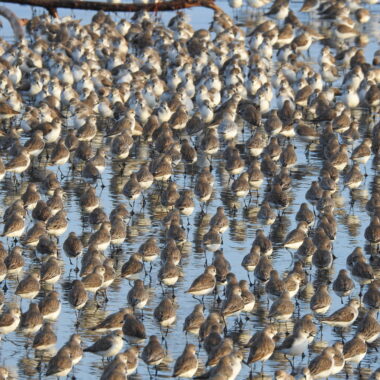
© Asociación Calidris
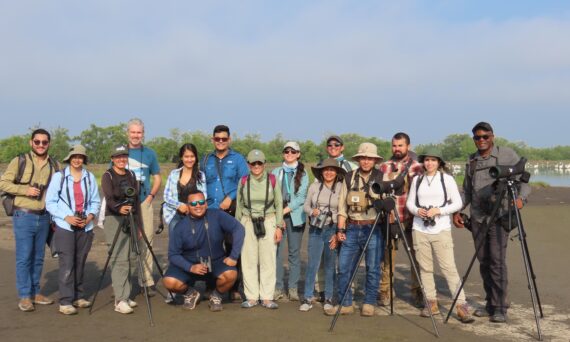
©Aves Honduras
From November 18 to 21, observers and researchers from Honduras met in Choluteca (Honduras) to strengthen skills for identification, estimation and counting of shorebirds. We also reviewed the field protocol for the Migratory Shorebird Project and visit sites in the Gulf of Fonseca in Honduras where MSP shorebird surveys are carried out. Finally we shared multiple resources available to support shorebird conservation, research and increase awarness.
This event was organized by Aves Honduras and had the support MSP partners: Fundación para el Ecodesarrollo y la conservación FUNDAECO, Asociación Calidris, Point Blue Conservation Science, and the US Forest Service. The flock is growing!
Join this ambitious 10-year, multi-partner research project to help guide shorebird conservation. You will be part of the team protecting shorebirds and wetlands from Alaska to Peru through research for conservation.
We need your help, as a scientist, a volunteer scientist, an educator, or funder.
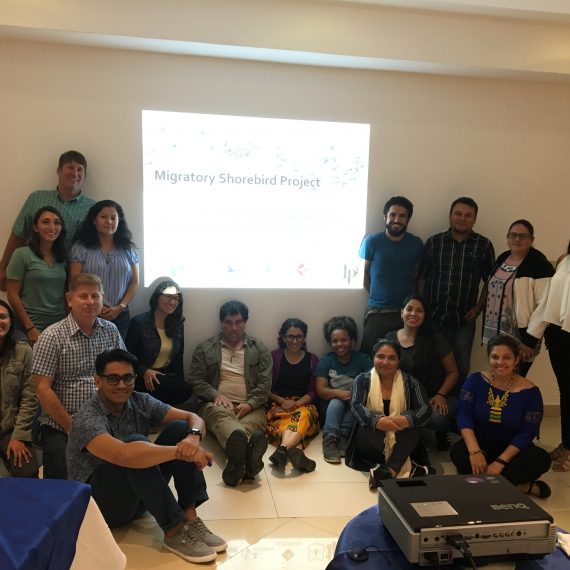
Data analysis workshop with Migratory Shorebird Project partners at the Western Hemisphere Shorebird Group meeting during October 2019 in Panama City, Panama.
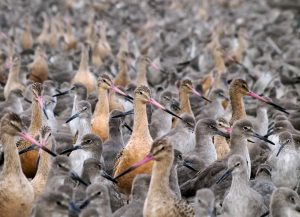
Willets and Marbled Godwits.
Each year, millions of shorebirds migrate in waves from their wintering grounds along the Pacific and Caribbean coasts to their nesting grounds in Alaska and Northern Canada, including many that stop at just a few rich feeding spots along the way.
In the recent paper from Palacios et al. (2022) MSP data helped to show that where there is more potential for human disturbance there are lower abundances of migratory shorebirds during the non-breeding season. Read more here!
MSP surveys were key to characterize the composition of shorebird communities in the mouth of Iscuandé River (IS) and the Sanquianga National Natural Park (SNNP), in Colombia. The paper show the proportional abundance, prevalence and mean density there, of ten years of standardized counts for these sites. Read more here!
Over the last two years MSP data have contributed to the successful nomination of 3 Western Hemisphere Shorebird Reserve Network (WHSRN) sites (Golfo de Nicoya in Costa Rica, Canal de Jambeli in Ecuador and Humedal Marino de Chamiza in Chile) and a Ramsar site in Peru (Estuario de Virrila). You can explore the MSP data from these sites and more using our online data summary tools.
Through MSP’s participation in the Pacific Americas Shorebird Conservation Initiative (PASCI), we have seen MSP data now serve as the cornerstone of measuring the success of PASCI while also driving one of its key strategies of increasing capacity. Recently the work of the MSP was highlighted as part of the PASCI story map – see it here).